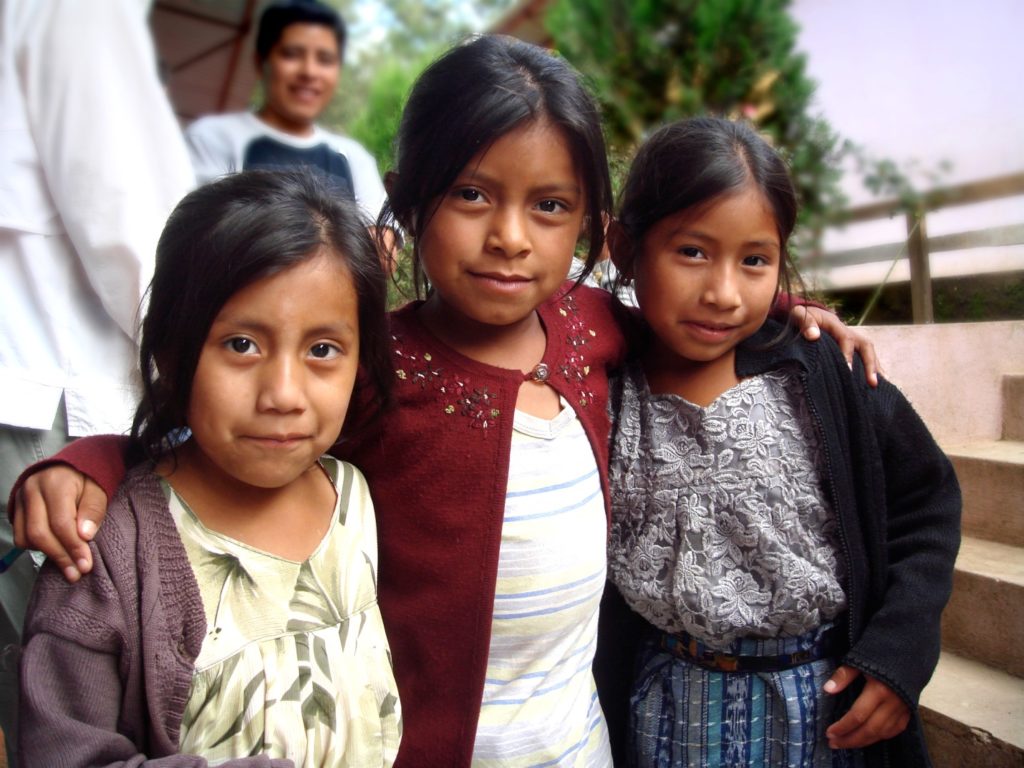
I invite you to begin as I did and accept its invitation. Allow it to affect you. Stay with it and in it. What do you feel? What does your gut say? Who might they be? Who are they to each other? And once it has grabbed hold, what does it awaken? What does it want of you? What are the ways of its power?
A camera in awkward hands can be an artifice of alienation that invites contrived poses—those curious expressions of vacating the scene without moving. The specter of the detached observer and its companion the vacating subject haunt these photos. Where these figures dwell something of our humanity departs. This brings us to the miracle of our photo: The humanity of all is strikingly present.
Mary would not call herself a portrait photographer but she, like an extraordinary portrait photographer, has the gift of hospitality-of opening a space for people to simply be themselves. Even for one with considerable technical skill, only when relationships are foremost is the camera rendered transparent. And though there are no guarantees, hospitality, relationship and the transparent camera open the way for rare ordinary miracles to arise, enter and dwell in photos. There they live as invitations into the same. These works ever call for first-hand witnesses, ones who can speak with conviction born of experience.
In Mary’s photo the character of each girl shines with such clarity that I swear twenty years from now I would recognize them. They are already who they are. What is immediate and enduring in them sings full-throated, resonating with the same in ourselves. Their very humanity reaches out in a gesture of kinship to what is immediate and enduring in us—the ever-sprouting seed of who we are.
Their loving friendship is right there. The middle girl, strong and compassionate, gathers them in celebration of what already binds them. The girl on the right, hopeful and kind, leans in and belongs. The girl on the left, vulnerable and not quite sure of herself, is our eye-level entry into their circle. A blessing of kinship, her vulnerability is at home here. Our very marrow knows this: vulnerability is a communal force of nature. Given a home, it moves everyone in the household and all who enter. The girls, knowing the vulnerability of the smallest by way of their own, look out for each other.
The photographer does the same and is welcomed into a sisterhood of four. The photo actively offers this gift as a first-hand experience. Even before we choose to do the same, the photo works us over and into empathy, care and belonging. The girls, recognizing their kin with the camera, are at home here before us. The photographer’s empathy and love of the smallest live in the beginnings of her smile and the dawning light in her eyes. That smile and those eyes awaken the same in us.
And empathy and love are a rite of passage into something more. Their being utterly themselves stirs our desire for the same. If we dare embrace this gift it will lay claim to our hearts.
The girls see her. If the photo has us, this is its power. Their seeing of Mary, embodied in every nuance of posture and gesture, exerts a palpable force. Their gaze figures us as empathic loving kin who, loving the child we still are, identify with the one in greatest need of love–who, it turns out, is the gateway to the hearts of us all. The fourth, substantially present and transparently absent, acts on us as a sublime and compelling invitation into her presence. Accept the invitation and we complete the picture. Immersed as if in a dream, we dwell in it in the first person. We become the fourth. We are gathered in the embrace of their friendship. We lean in and belong. We are vulnerable and protected. We look out for the rest and they, us.
And, lest we reduce the gleam of recognition in their eyes to a mirror reflecting back what we wish to see, they see us as only each one of them can. If we dare empathize with the girls before us and the girl in whose place we dwell, through their eyes we might see of ourselves what were blind to before.
Empathy, that concoction of imagination and vulnerability, opens to the power of the created work to see us. Our body knows this well beyond what can be said. Being seen calls for a response. The possibilities are many. In our example the girls’ gazes may stoke the hearth-fire of friendship and family. They may spark epiphanies of the heart. They may awaken in us a kindred figure whose desire for place, connection and care had fallen asleep hungry and neglected. They may dissipate the collective spell of detachment and departure to make way for connection and presence. They may inspire compassion. And their gazes may unnerve us. They may call us to be utterly ourselves.

